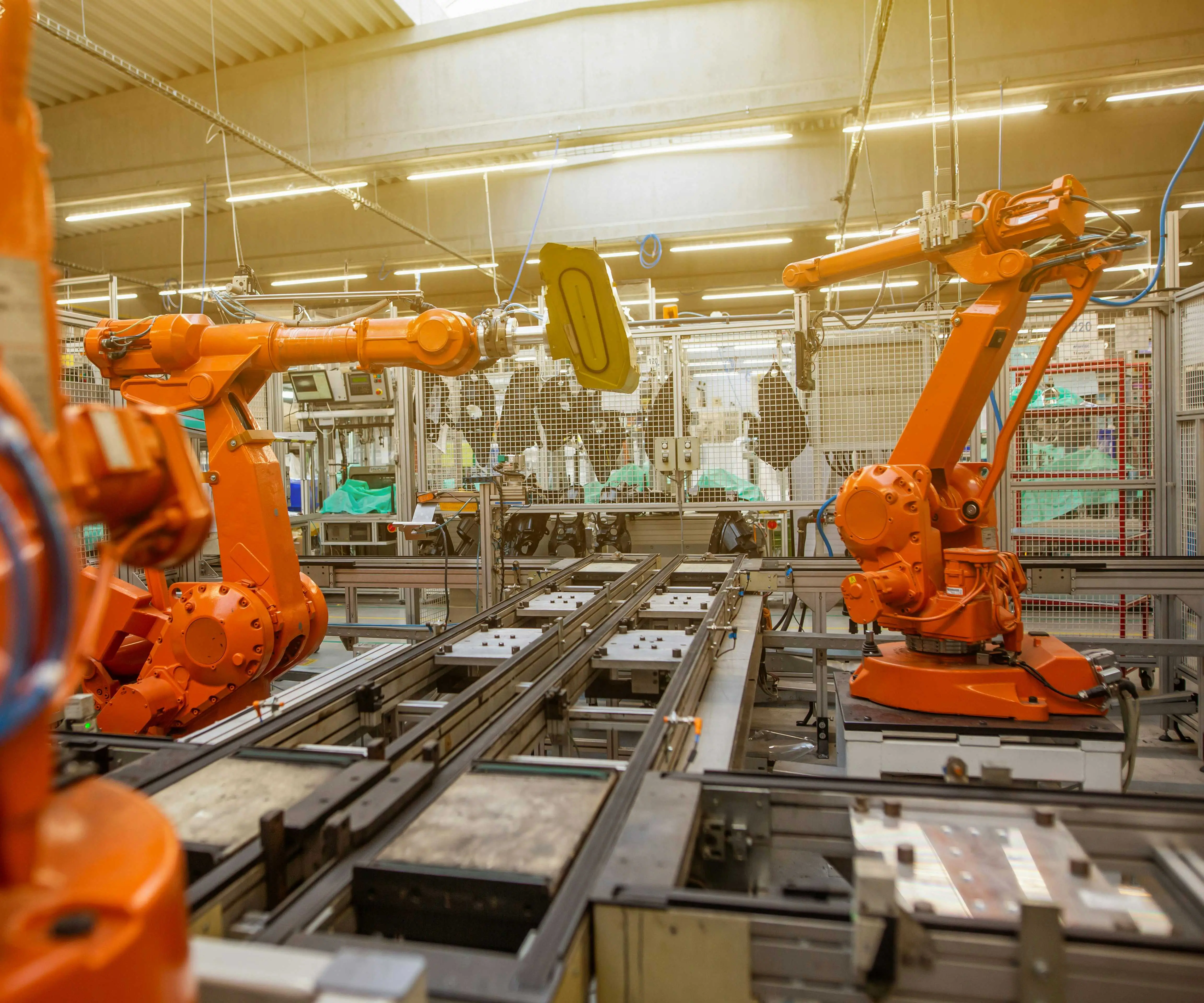When running a microservices architecture, it's easy to get lost in the complexity. Each service is like a small, independent unit doing its own job, but these services need to communicate with each other in a seamless way. That’s where a service mesh comes in. It’s like the glue that holds all the microservices together, providing a robust and reliable system for communication, security, and monitoring.

Imagine this: You've got different services running in different containers or even on separate machines, and each one needs to talk to others. Without a service mesh, managing that communication could turn into a nightmare. But with a service mesh in place, you get fine-tuned control over how services interact with each other. It's like having a traffic controller who directs the flow of information between all these different components, ensuring everything runs smoothly and securely.
One of the key benefits of a service mesh is how it handles traffic. When a request is made to a service, the service mesh makes sure the request gets to the right place. But it doesn't stop there. It also monitors the traffic for performance and reliability. If a service is struggling or slowing down, the mesh can reroute the traffic to another instance of the service without the end user even noticing. It's like having an autopilot system that keeps everything in motion without any bumps.
Then there's security. In a microservices environment, security can be a real headache, especially when services are constantly communicating over networks. A service mesh adds a layer of encryption, ensuring that all the data exchanged between services is secure. This is especially critical when dealing with sensitive information. It’s like locking the doors to your services so no one can break in.
Another important feature is observability. It’s not always easy to see what's happening under the hood in a microservices environment. But with a service mesh, you get real-time monitoring, logging, and tracing. If something goes wrong, you can quickly pinpoint the source of the issue. It’s like having a security camera in your network, giving you the ability to watch over everything, even when you’re not actively looking.
But what about scalability? As your services grow, the complexity can multiply. A service mesh makes it easier to scale because it abstracts away much of the networking complexity. When you need to spin up more instances of a service or add new ones, the service mesh ensures everything works together seamlessly without requiring you to manually configure each connection.
When it comes down to it, a service mesh is essential for anyone looking to get the most out of their microservices architecture. It simplifies traffic management, enhances security, improves observability, and helps scale applications effortlessly. Whether you’re a small startup or an enterprise, it makes your system more robust, secure, and reliable—ensuring that you can focus on building great software instead of worrying about how your services talk to each other.
Established in 2005, Kpower has been dedicated to a professional compact motion unit manufacturer, headquartered in Dongguan, Guangdong Province, China. Leveraging innovations in modular drive technology, Kpower integrates high-performance motors, precision reducers, and multi-protocol control systems to provide efficient and customized smart drive system solutions. Kpower has delivered professional drive system solutions to over 500 enterprise clients globally with products covering various fields such as Smart Home Systems, Automatic Electronics, Robotics, Precision Agriculture, Drones, and Industrial Automation.




































